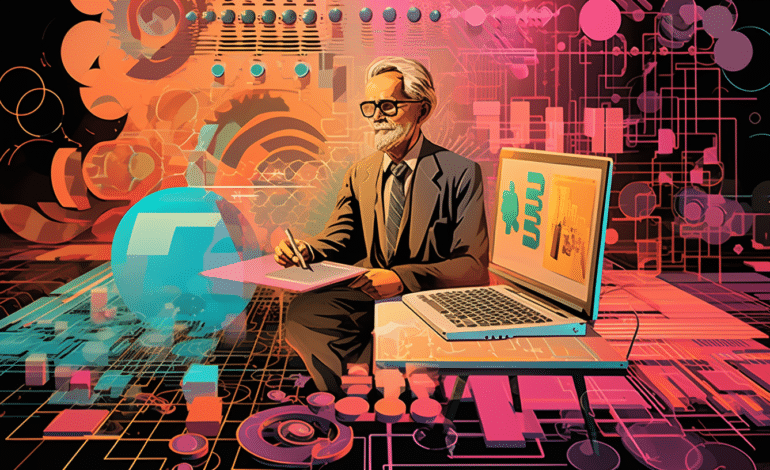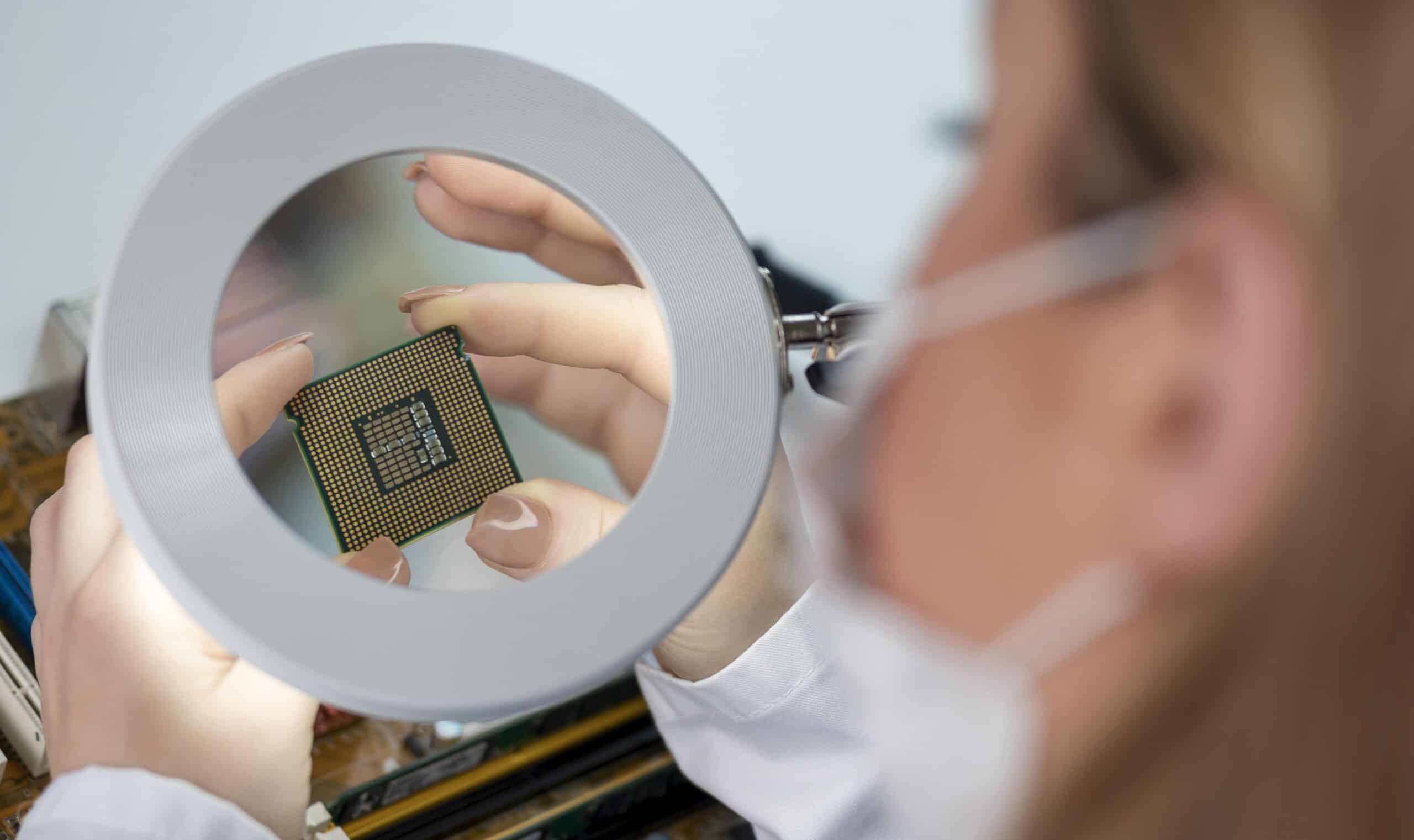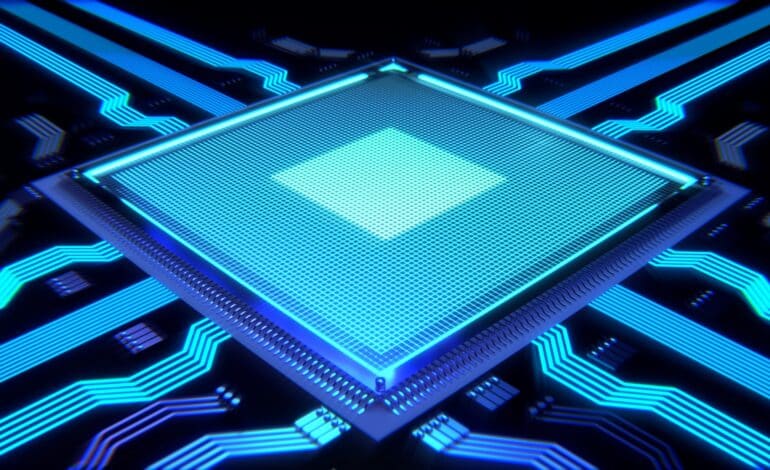
One of the defining elements of the technological advancements in the 20th and 21st centuries is Moore’s Law. Named after Gordon Moore, the co-founder of Intel, this empirical observation has been the roadmap guiding the development of semiconductors, hardware technology, and, by extension, the entire computing world. But what exactly is Moore’s Law, and why has it been so impactful in shaping the course of modern computing? In this article, we will delve into the mechanics of Moore’s Law, its history, and its lasting significance.
Table of Contents
ToggleThe Genesis of Moore’s Law
So, what is Moore’s Law? In 1965, Gordon Moore, who was then the director of research and development at Fairchild Semiconductor, penned an article for the electronics magazine “Electronics” where he made a keen observation. Moore noticed that the number of transistors on a semiconductor chip had doubled approximately every year since their invention, leading to an increase in computational power without a substantial increase in cost. He predicted that this trend would continue for the foreseeable future.
The original paper by Moore can be accessed here for an in-depth look: Moore’s Original Paper.

Refinement and Interpretation of Moore’s Law
Originally, Moore’s Law was an empirical observation, rather than a scientific law akin to Newton’s laws of motion. Over time, this observation was refined to state that the number of transistors that can be placed inexpensively on an integrated circuit would approximately double every two years. It is worth noting that Moore himself never stated that this law would hold indefinitely; rather, he framed it as an empirical observation that had held true up to that point in time.

Impact on Computing and Technology of Moore’s law
The implications of Moore’s Law are far-reaching:
Miniaturization
One of the most visible impacts is the miniaturization of electronic devices. Early computers filled entire rooms, whereas today, more powerful computers fit into our pockets.
Cost Efficiency
The cost per transistor has drastically fallen, making technology accessible to more people worldwide. Affordable personal computers and smartphones are direct results of this trend.
Acceleration of Software Development
With greater computing power, complex software applications that would have been unimaginable decades ago have become commonplace, transforming the way we interact with technology and each other.
Fueling Innovations in Other Fields
From healthcare to autonomous vehicles, increased computational power has been the cornerstone for technological advancements in various sectors.
Criticism and The Future
Moore’s Law is not without its detractors and limitations. Some experts have argued that we are reaching the physical limitations of silicon-based transistors means the Moore’s law is dead, making it increasingly difficult to uphold the trend of doubling transistor count every two years.
To Wrap things up…
Moore’s Law has been a remarkably accurate predictor of the exponential growth of computational power for more than five decades. Its impact can be observed in the evolution of computers, software, and virtually all technology-dependent sectors. While challenges exist, the legacy of Moore’s Law is one of immense historical and practical significance.
















